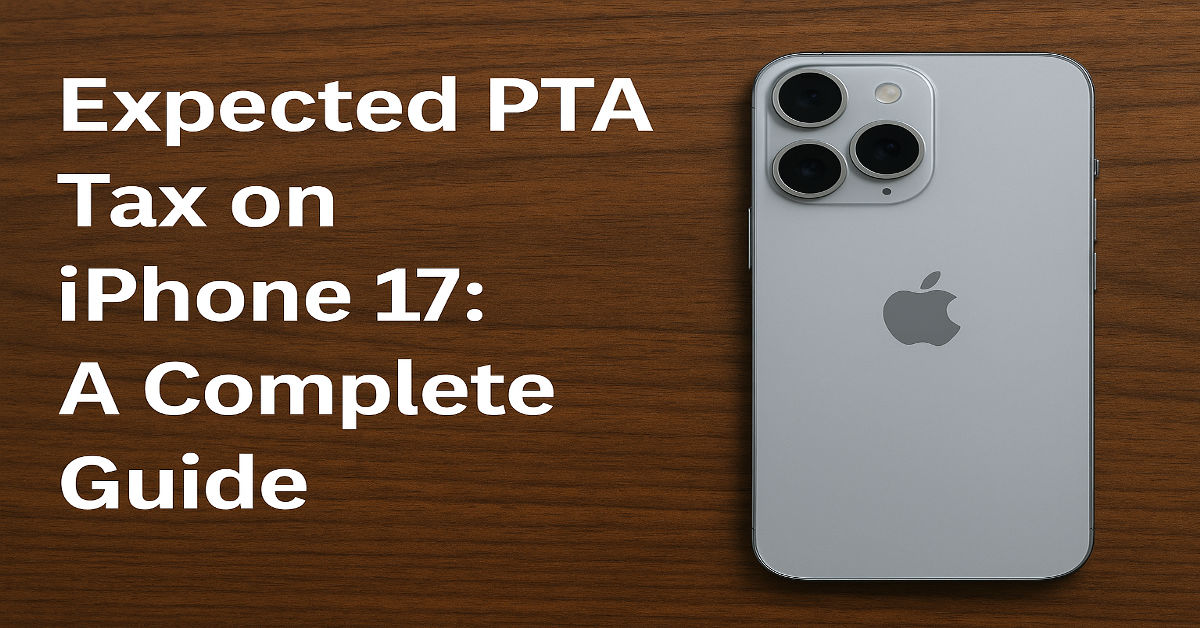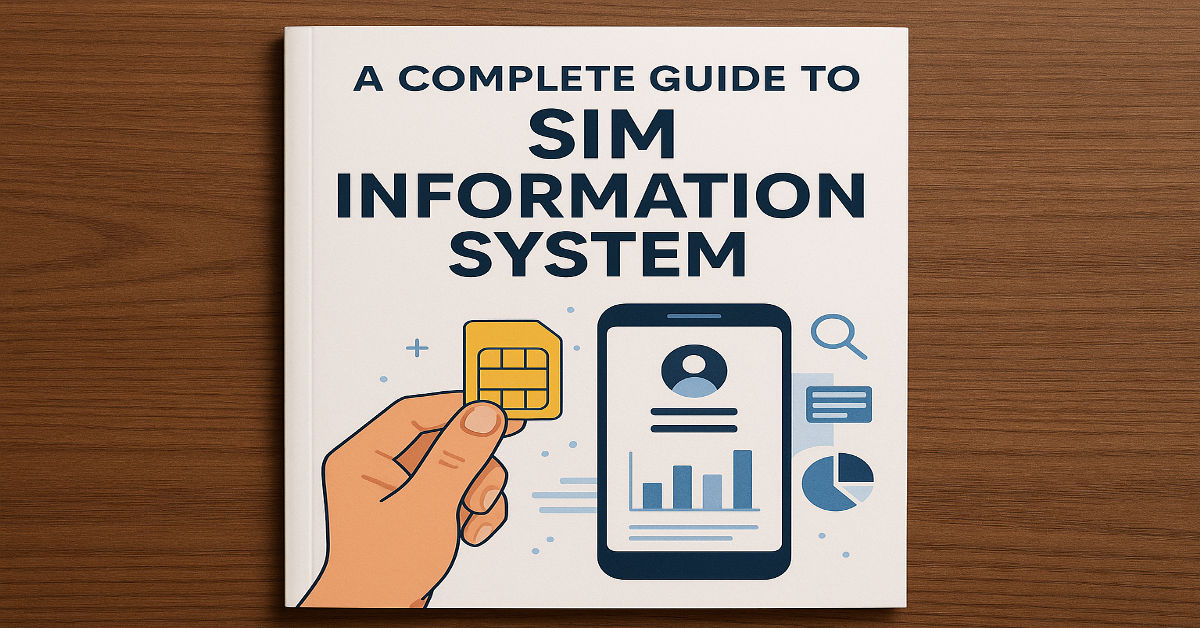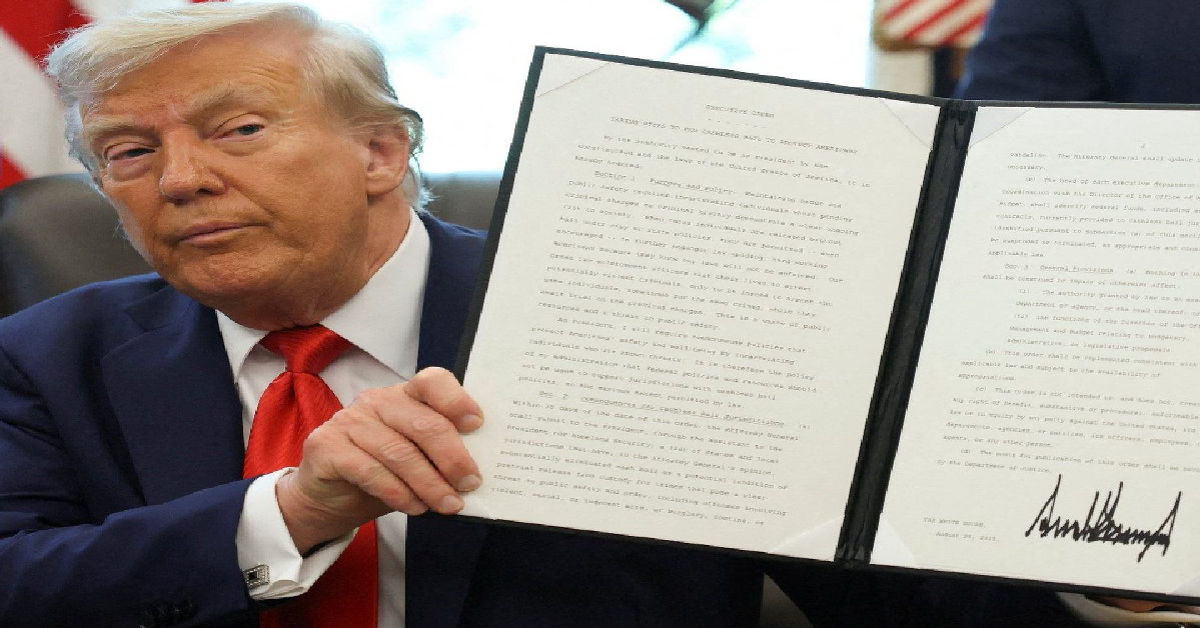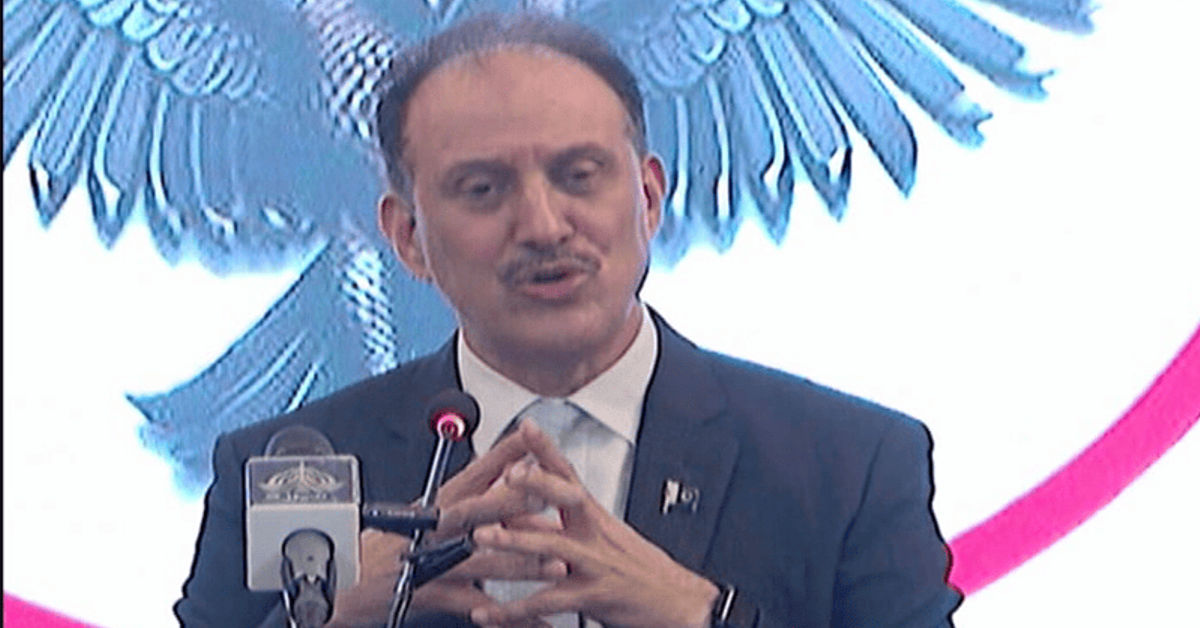
The U.S. Senate is poised to take a critical vote on former President Donald Trump’s proposed $9.4 billion funding cuts, a move that could significantly reshape America’s federal spending priorities. With political tensions high and the deadline looming, this vote has captured national attention—and the outcome may alter the future of programs both at home and abroad.
What’s in the Proposed Cuts?
Trump’s proposal targets a variety of government expenditures with the stated goal of “streamlining wasteful federal spending.” Some of the most notable programs affected include:
- Foreign aid programs supporting global health and development
- Public broadcasting services, including funding for NPR and PBS
- Environmental protection initiatives and energy transition projects
- Federal research and education programs
The total proposed reduction stands at $9.4 billion, a figure that many Democrats argue could deeply harm vulnerable communities both domestically and internationally.
Political Breakdown: Who’s Supporting It?
The bill narrowly passed the House of Representatives with a 214–212 vote, largely along party lines. Republicans have backed the measure, citing fiscal responsibility and the need to reduce national debt. They argue that cutting foreign aid and non-essential programs is key to strengthening America’s internal economy.
Democrats and some moderate Republicans, however, are pushing back. Senate Majority Leader Chuck Schumer has called the proposal “short-sighted” and “harmful to global stability and national interest.” The Senate vote will determine whether the bill becomes law or is stalled for further negotiation.
What Happens If It Passes?
If passed, the cuts will:
- Slash millions in global health assistance, especially in Africa and Latin America
- Reduce federal contributions to public broadcasting, impacting rural and underfunded areas
- Delay climate and clean energy research efforts
- Halt education and tech grant programs essential for underserved communities
While proponents claim this will help curb unnecessary spending, critics warn of long-term consequences such as loss of global influence, damage to public health initiatives, and decreased innovation.
Timing and Urgency
The Senate must vote before the current fiscal resolution expires. If no decision is reached, current spending levels will continue by default. This creates urgency for both parties to act quickly, especially as the 2025 budget deadlines approach.
Public Reaction
The public response has been sharply divided. Fiscal conservatives and some independent voters view this as a needed correction to excessive federal spending. Meanwhile, progressive groups, educators, climate activists, and global NGOs have launched campaigns urging the Senate to reject the cuts, warning that it could result in “decades of setbacks” in critical fields.
Final Thoughts
The Senate vote on Trump’s proposed funding cuts isn’t just about numbers—it’s about values, priorities, and the vision America holds for its role in the world. Whether it’s cutting foreign aid or silencing public broadcasting, each line item in the bill has real-world consequences.
As the Senate prepares to cast its votes, the nation waits with bated breath to see whether America will tighten its belt—or stay the course.
FAQs
1. What are Trump’s proposed funding cuts in 2025?
Trump’s proposed funding cuts total approximately $9.4 billion and target various federal programs. These include reductions in foreign aid, public broadcasting, environmental initiatives, and research funding. The goal is to reduce federal spending and redirect resources toward domestic economic initiatives. Critics argue the cuts could hurt global partnerships and vulnerable populations.
2. Why is the Senate vote on these funding cuts significant?
The Senate vote will determine whether the proposed budget changes become law or get blocked. Since the bill narrowly passed the House, the Senate’s role is pivotal. A successful vote would enforce the cuts and reshape federal priorities for the fiscal year. If rejected, negotiations would likely continue under existing budget terms.
3. How will these cuts affect public broadcasting?
Funding cuts to public broadcasting would affect organizations like NPR and PBS. These outlets often rely on federal grants to maintain educational programming, especially in rural areas. Reducing funds could lead to staff layoffs, limited programming, or even the closure of smaller affiliate stations. Opponents believe it would harm public access to unbiased news and information.
4. What impact will the funding cuts have on foreign aid programs?
Foreign aid reductions could disrupt global health initiatives, disaster relief efforts, and development programs in low-income countries. These cuts may weaken the U.S.’s global leadership and diplomatic influence. Aid organizations warn that lives could be at risk if medical or food support is withdrawn suddenly. Supporters argue U.S. resources should first prioritize domestic needs.
5. Who supports these proposed cuts, and why?
Supporters include fiscal conservatives and many Republican lawmakers. They argue that reducing federal spending is necessary to combat the national deficit and prevent government overreach. They also believe that some programs are outdated or mismanaged. By cutting funding, they hope to encourage efficiency and economic self-reliance.
6. What are the main arguments against the proposed funding cuts?
Opponents claim that these cuts are short-sighted and could cause long-term harm to education, public health, and diplomacy. They believe that programs like public broadcasting, foreign aid, and clean energy serve critical public interests. Many also worry about job losses, reduced innovation, and weakened international relations. The timing of such cuts is also seen as politically motivated.
7. How close was the House vote on this proposal?
The House passed the bill with a very narrow margin: 214 votes in favor to 212 against. This slim victory highlights the controversial nature of the proposal. It also indicates the Senate vote will likely be just as divided. Both sides are working hard to secure the final votes needed for or against the bill.
8. When is the Senate expected to vote on the cuts?
The Senate vote is expected to take place before the current budget resolution expires. This puts pressure on lawmakers to act quickly and avoid delays in federal operations. If the Senate fails to vote in time, existing spending policies will remain in effect. The urgency makes this one of the most closely watched decisions of the season.
9. Could these cuts affect American jobs?
Yes, these cuts could lead to layoffs in federally supported sectors. This includes workers in public broadcasting, nonprofit aid organizations, educational research institutions, and clean energy initiatives. Indirectly, funding losses could trickle down to state-level programs. Proponents argue that freed-up funds could create new jobs elsewhere, but opponents dispute this benefit.
10. What happens if the Senate rejects the funding cuts?
If the Senate rejects the proposal, the current federal funding levels will continue. This would likely force the White House and Congress to negotiate a new budget or compromise plan. It could also trigger political standoffs or delays in other legislative actions. Rejection might be seen as a win for those defending long-term investments in public and global programs.



































































































































































































































































































